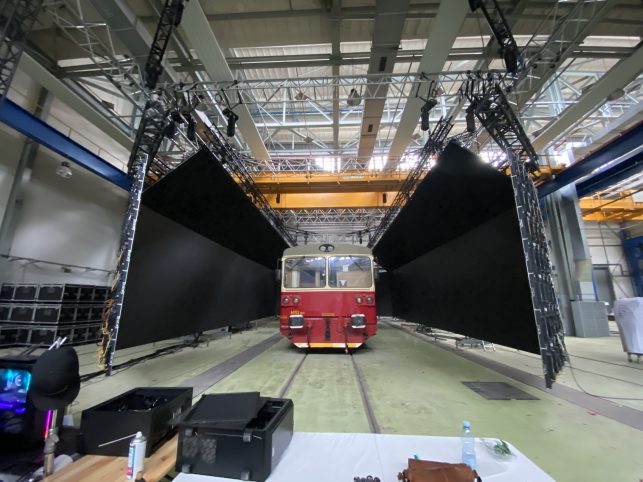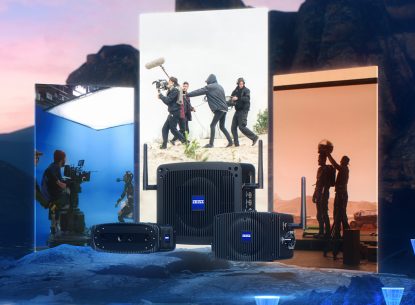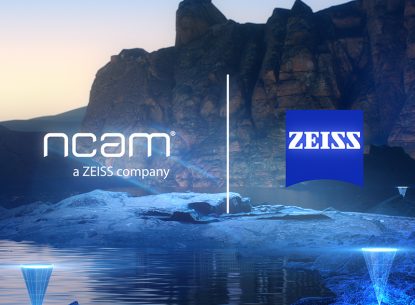Epic Games recently released data showing that in 2020, there were fewer than a dozen in-camera visual effects (ICVFX) stages up and running. Today, they are aware of more than 250 ICVFX stages across the globe. It would seem that ICFVX is having a moment.
What does ICVFX stand for?
When it comes to in-camera virtual production, workflows take shape in two ways: in-camera visualization, where teams can view previs VFX through the lens, and in-camera visual effects (ICVFX), where the final shot is captured in-camera in real time, often with VFX content driving an LED wall as the background. Epic defines ICVFX as “an exciting new methodology for shooting real-time visual effects during a live-action film shoot. This technique relies on a mixture of LED lighting, live camera tracking, and real-time rendering with off-axis projection to create a seamless integration between foreground actors and virtual backgrounds.”
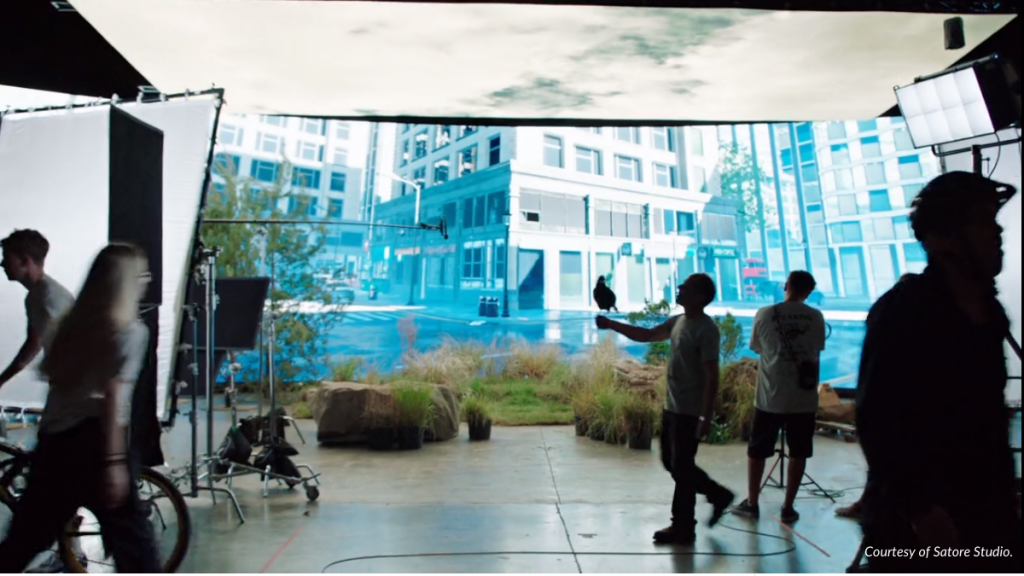
The pros & cons of ICVFX
With in-camera effects, the shot is ideally finished in real time, which enables more experimentation with lens choice, framing, and compositional freedom while mixing the physical and virtual worlds. Being able to blend the two in-camera, during production, brings a host of benefits—and not just for those witnessing the results in real time.
When it comes to real-time visualization, in-camera VFX is the next level up from previs, enabling the compositing of actors on proxy VFX backgrounds, or CG creatures to be composited on physical backgrounds, and everything in between. Visualizing effects in-camera enables filmmakers and stakeholders to get on the same page and make better decisions in the moment.
The downside to in-camera visual effects is the need to generate the content prior to production, which means a more advanced planning stage. There is no getting away from the need to bring additional tech onto the set. And harnessing the power of all of these technologies requires a very particular skill set, which at this point is only possessed by a relatively small number of people. There is currently a real need for hands-on experience—learning the theory of in-camera VFX technologies and workflows will only get a person so far.
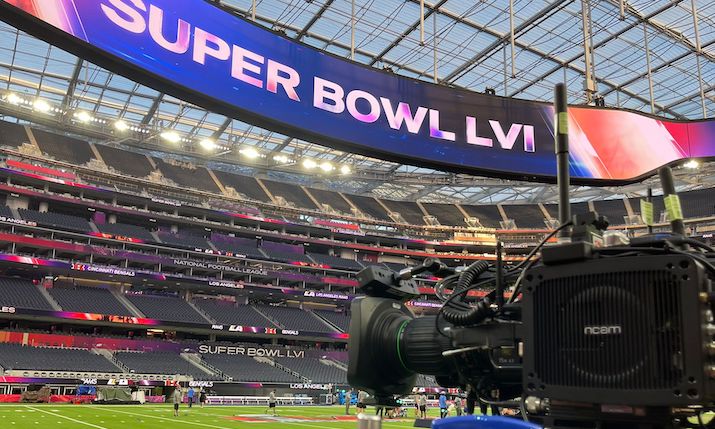
How to learn ICVFX
In 2021, we announced the opening of two new facilities built to support the growing demand for smart stages and training facilities for virtual production and in-camera visual effects. Located in Prague and Rio de Janeiro, the new premises add to our existing London and Los Angeles bases, doubling the company’s global footprint.
“As virtual production picks up steam, the needs of creative teams are changing rapidly,” said Ncam’s CEO, Nic Hatch. “Each of these new locations is not just an office and training site but a fully-fledged studio, giving people access to the tech they need to blend live action and CG with the same equipment used by the likes of Disney, Fortnite, and CNN.”
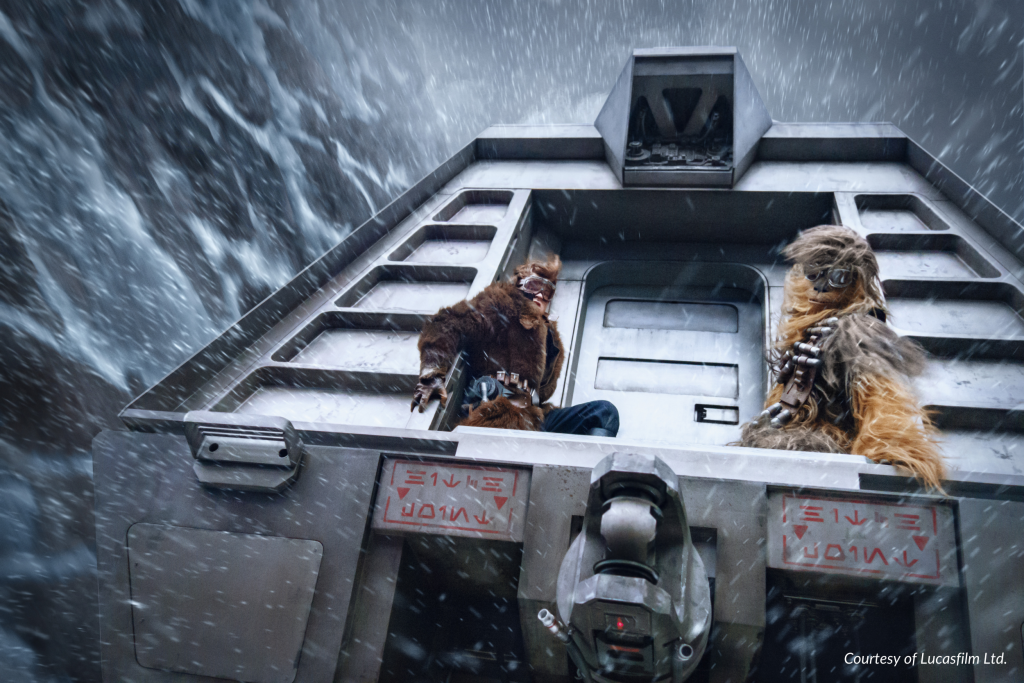
Featuring capture stages including green screen cycloramas, each location has already brought new levels of creativity to films, TV broadcasts, and live events. With these new facilities, rigged with the latest equipment and the Ncam Reality camera tracking solution, teams can learn new tech, test workflows, and problem solve in a no-pressure environment. And, in addition to supporting the creation of new productions, both studios act as training grounds for educational partners and provide a location for in-house experts to demo new Ncam tech and features.
To learn more about ICVFX training and see a demo, get in touch.
